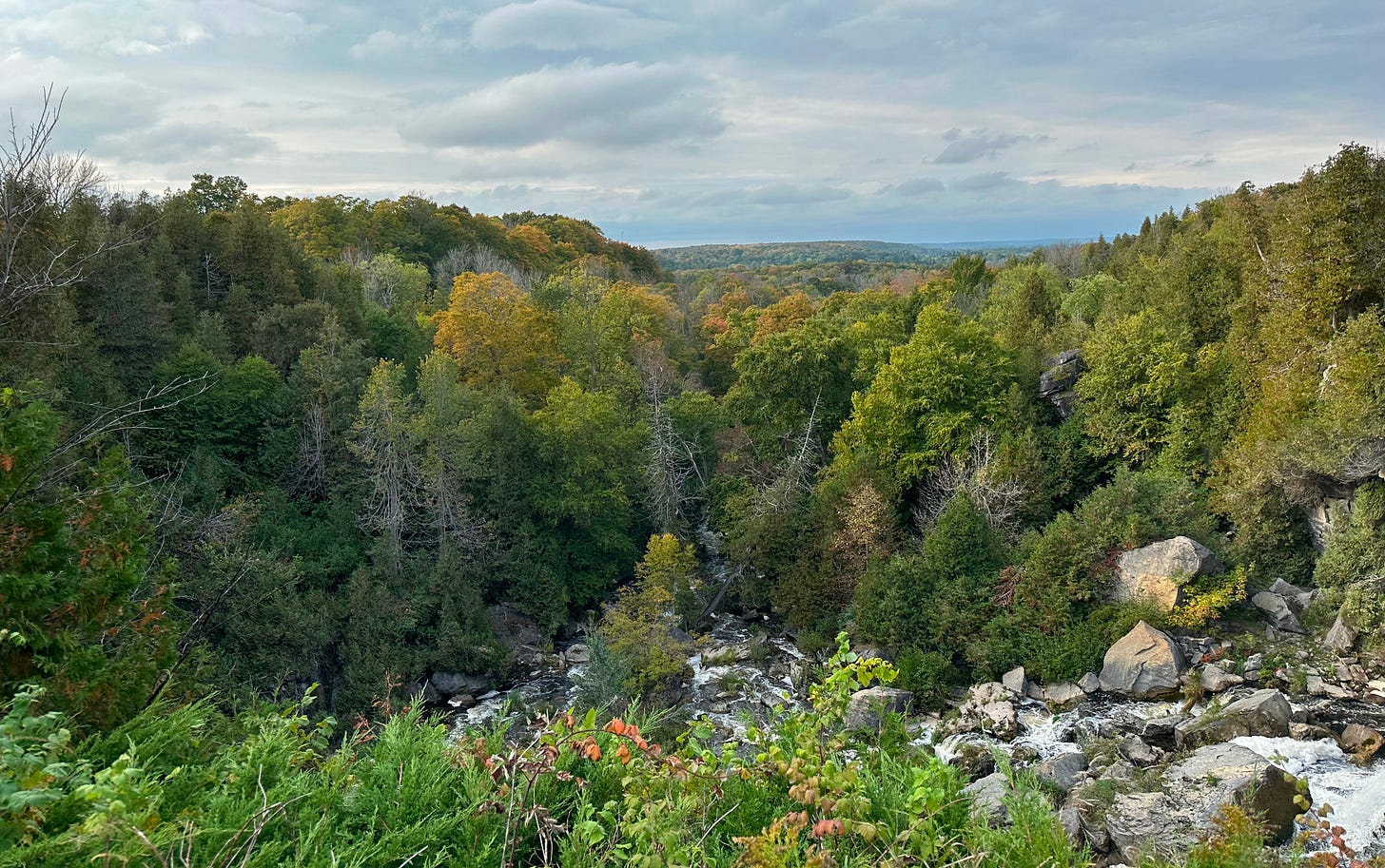Between Our Steps: The Consequences of a Hot, Dry Summer in Grey & Bruce
From wilted shrubs to early leaf drop, Grey-Bruce landscapes are struggling through a hot, dry season that has muted Ontario’s fall colours.
COMMUNITY CONTRIBUTION
The first colour of fall this year was brown. Not just lawns in late August, but the leaves on so many shrubs wilted and then withered to a crisp brown. Birch and aspen leaves changed colour, not to yellow but brown.
There’s a joke that even in a drought,…
Keep reading with a 7-day free trial
Subscribe to The Owen Sound Current to keep reading this post and get 7 days of free access to the full post archives.




